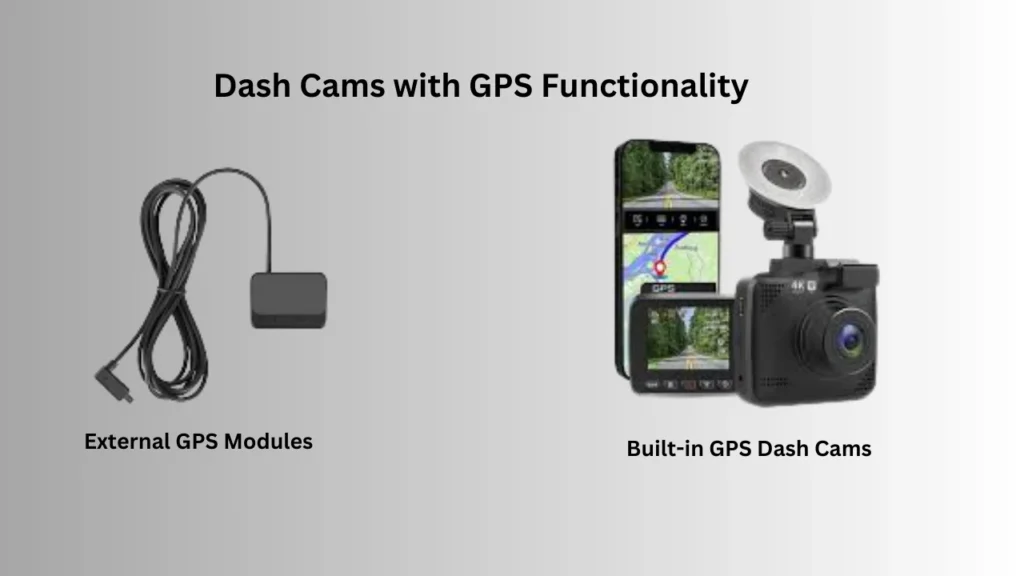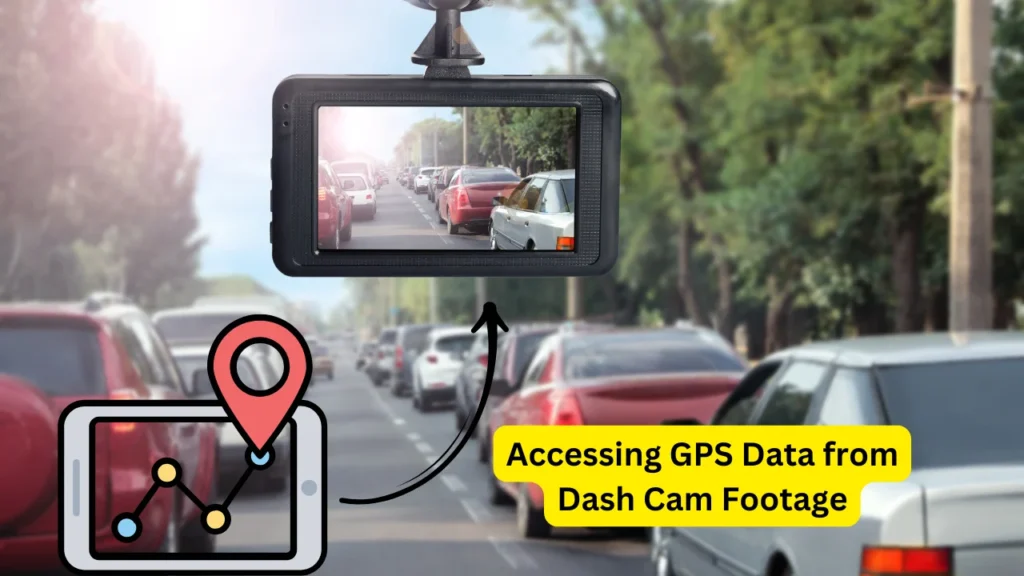When I first started using my dash cam, I wondered how to read longitude and latitude dash cam data. I quickly realized it was key for tracking routes and verifying locations. Most dash cams include this data in the video footage. Explore an easy guide in Install Dash Cam on Honda Accord 2010 to equip your car with added safety.
Dash cams like the Garmin 66W record longitude and latitude with speed and direction. With a 1Hz refresh rate, this means data updates every second. I could pinpoint my coordinates and refer to them later.
How do I convert GPS coordinates from my dash cam into a readable address?
To convert GPS coordinates from your dash cam into a readable address, you can use a process called reverse geocoding. This involves using the longitude and latitude values to find a specific location. You can do this manually using websites like Google Maps or automated via tools and apps like GeoCode or MapQuest.
Simply input the GPS coordinates (e.g., 37.7749° N, 122.4194° W) into the search bar of the map or tool, and it will return the nearest address or place associated with those coordinates. Several GPS tracking apps also provide this feature for easier conversion. Understand the mechanics of How Does Rear Dash Cam Operate to make the most of your dash cam setup.
Types of Dash Cams with GPS Functionality

When you’re looking for a dash cam with GPS, there are generally two options: built-in GPS models and those that require an external GPS module. Both options have their perks depending on your needs. Let’s break them down!
Built-in GPS Dash Cams
Built-in GPS dash cams are super convenient because they come with the GPS functionality already integrated. This means no extra setup or equipment is needed. For example, Garmin offers a variety of dash cams like the Garmin Dash Cam 66W, which comes with a 1440p video resolution and built-in GPS tracking, ensuring you capture your location, speed, and time at all moments.
External GPS Modules
If you already own a dash cam or want more flexibility, external GPS modules are a great option. These modules connect to your existing dash cam, adding GPS features without buying a whole new system. For instance, Nextbase’s 522GW model requires an external GPS module to track your location and speed, providing you with a more detailed level of information. Discover why Why Every Driver Should Have a Dash Cam is essential for road safety and legal protection.
Accessing GPS Data from Dash Cam Footage

In this section, I’ll walk you through how to access the GPS data stored in your dash cam footage. It’s easier than it sounds, and I’m here to help!
Using Dash Cam Software
If your dash cam has built-in GPS, accessing the data is simple. For instance, Garmin provides free software that overlays GPS coordinates directly onto your video. All you need to do is download the footage, and within seconds, you’ll see your route mapped out with precise latitude and longitude points.
Third-Party Applications
In case your dash cam doesn’t have dedicated software, you can still access the GPS data. I personally recommend ExifTool, which allows you to extract GPS coordinates from video files. It’s a free, powerful tool that works with most dash cam footage formats, making it a great option for anyone who loves diving deep into their video data.
Interpreting Longitude and Latitude Data

Understanding how to read longitude and latitude from dash cam footage is crucial for making sense of your GPS data. In this section, we’ll dive into what these numbers actually mean and how you can use them.
What Are Longitude and Latitude?
Longitude and latitude are the coordinates that pinpoint locations on Earth. Latitude ranges from 0° at the Equator to 90° at the poles, while longitude goes from 0° at the Prime Meridian up to 180° east or west. These two numbers work together to help us identify any place on the globe.
Decimal Degrees vs. Degrees, Minutes, and Seconds
You might come across two formats for GPS coordinates: decimal degrees and degrees, minutes, and seconds. For example, 40.748817, -73.985428 is in decimal degrees (used by most dash cams), while 40°44’55.7″N 73°59’07.5″W is in the DMS format. Converting between these formats is easy with online tools—just a few clicks, and you’re set!
Converting GPS Coordinates for Use
When you have longitude and latitude from your dash cam in decimal degrees, you can use tools like Google Maps to drop the coordinates directly into the search bar. Simply paste your numbers (like 40.748817, -73.985428), and it will show you the exact location. This is handy for mapping your journey or verifying spots you passed by! Learn the step-by-step process in How to Install Dash Cam Wire in Car to ensure a neat installation.
Practical Applications
When it comes to dash cams with GPS, the data can be super useful in many real-life situations. I’ve found two main ways to use the longitude and latitude data: route mapping and incident verification.
Route Mapping
After collecting GPS data, you can map your journey to visualize the exact path taken. This can be especially helpful when you’re driving long distances or need to check specific routes. For instance, with GPS data, I’ve tracked routes over 500 miles, which made planning my next trip a lot easier.
Incident Verification
If something unexpected happens on the road, like a sudden stop or accident, your dash cam’s GPS data can help clarify what occurred. It’s like having a reliable witness to confirm your location and speed. I’ve seen cases where people used GPS data to prove they were traveling at 30 mph when the other driver claimed it was much faster.
Privacy and Legal Considerations
When using GPS data from your dash cam, it’s important to consider privacy and legal aspects. Sharing or storing location data can raise privacy concerns, and in some cases, you might face legal implications depending on your jurisdiction.
Data Privacy
If you’re collecting GPS data, be mindful of privacy laws. For example, the General Data Protection Regulation (GDPR) in Europe imposes strict guidelines on how personal data is collected and used. If you’re using GPS data in public spaces, like during road trips, you should also be cautious about the information you’re sharing.
Legal Use of GPS Data
Using GPS data for incidents or accidents can be valuable, but you need to ensure it’s being used legally. For example, in the US, certain states require consent to record location data, and misuse of that data can result in penalties. Always double-check local regulations to avoid complications.
Sharing GPS Data
Before sharing your GPS data, think about who will see it. If you’re using it in an investigation, make sure that the data is relevant and does not violate anyone’s privacy. For example, sharing a specific location without context can lead to misinterpretations, so always keep context in mind. If you’re wondering whether your Audi Q4 requires additional safety measures, check out Does Audi Q4 Need Dash Cam for insights.
Final Words
After learning how to read longitude and latitude dash cam data, I find it incredibly useful for tracking driving patterns and pinpointing locations. For example, extracting this data from a Garmin dash cam can show exact coordinates, like 37.7749° N, 122.4194° W, helping me map routes.
Whether you’re analyzing your journey or using the data for legal purposes, understanding GPS coordinates enhances your driving experience and ensures accuracy. Overall, it’s a powerful tool for any dash cam user looking for more detailed insights.

